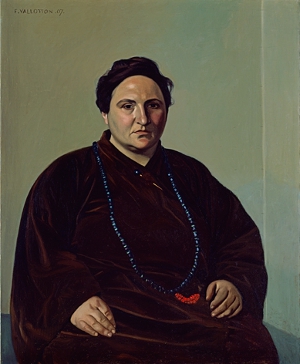
Ronald Knox reviews Gertrude Stein in the Dublin Review, 1927:
There is oddly not nearly so much difficulty about reading the beginning of a book by Gertrude Stein like this book of hers called Composition as Explanation (Hogarth Essays) as there is in reading it later on when it gets nearer the end. It is all written like this with no punctuation of course but it does sound as if it meant something. Every now and then a word or two is written twice over twice over but of course that may be the printer. It is a little confusing to be told that people are the composing of the composition that at the time they are living is the composition of the time in which they are living, but probably it all works out somehow. She goes on like this for about thirty pages and then she says now that is all. But it isn’t it isn’t it isn’t. It’s only about half. She starts putting in headlines after that to symbolically no doubt make her meaning clearer, but it isn’t clearer. It is ever so much not clearer. SITWELL EDITH SITWELL.
She says that quite suddenly in capitals as if it were a line of Onward Christian Soldiers. And in this part of the book all the parts of speech get mixed up anyhow as if she had been taking a lesson in typewriting. The quick brown fox jumps over the lazy dog lazy dog lazy fox the quick jumps jumps brown. There is only one sentence in this part which is English, it says toasted susie is my ice-cream, and that is not sense, is it? So awfully not sense. I suppose she must either think it looks pretty or think it sounds pretty when you read it but it doesn’t it doesn’t either it really doesn’t.
“At dinner I sat next to James Branch Cabell who asked me, Is Gertrude Stein serious?” remembered Alice B. Toklas. “Desperately, I replied. That puts a different light on it, he said. For you, I said, not for me.”
